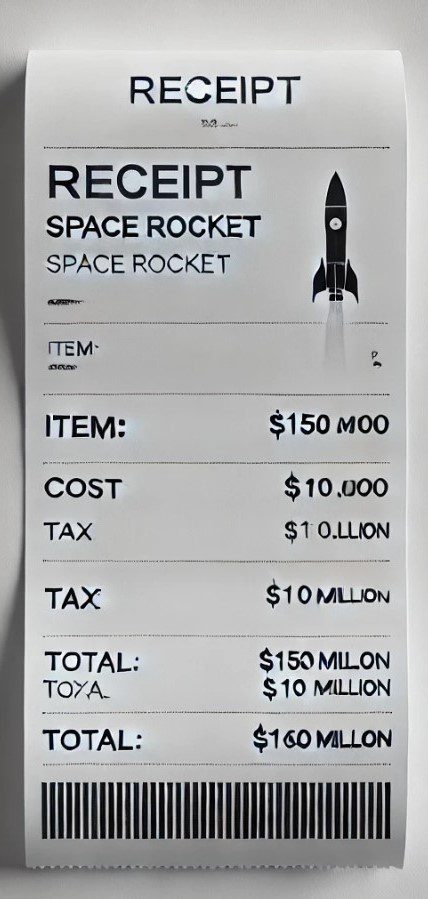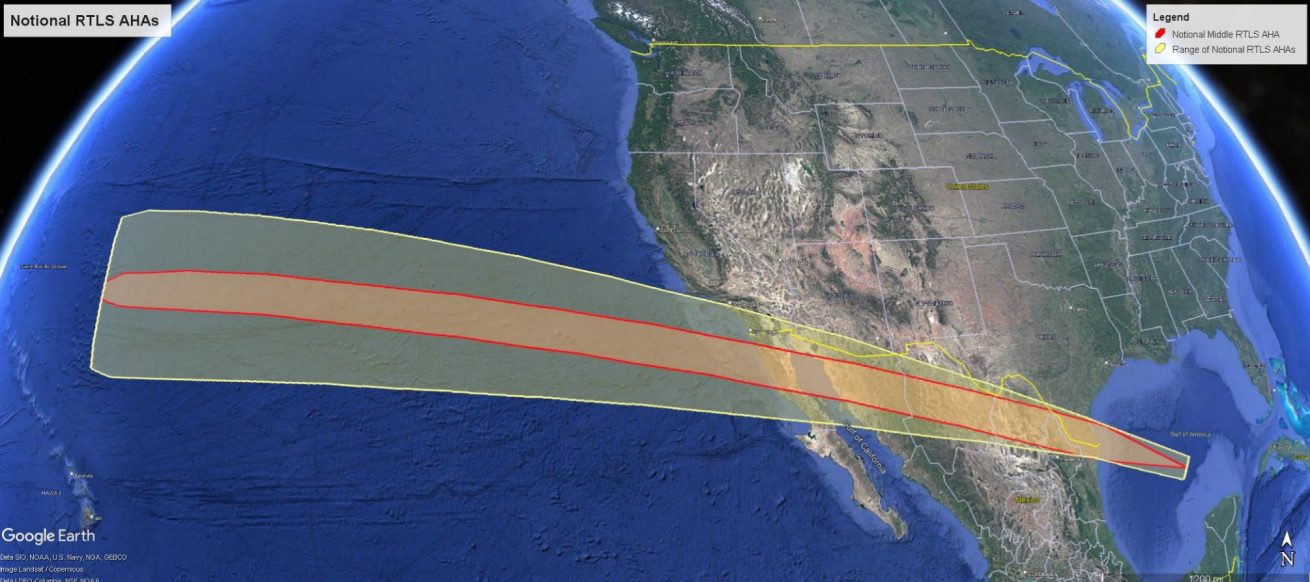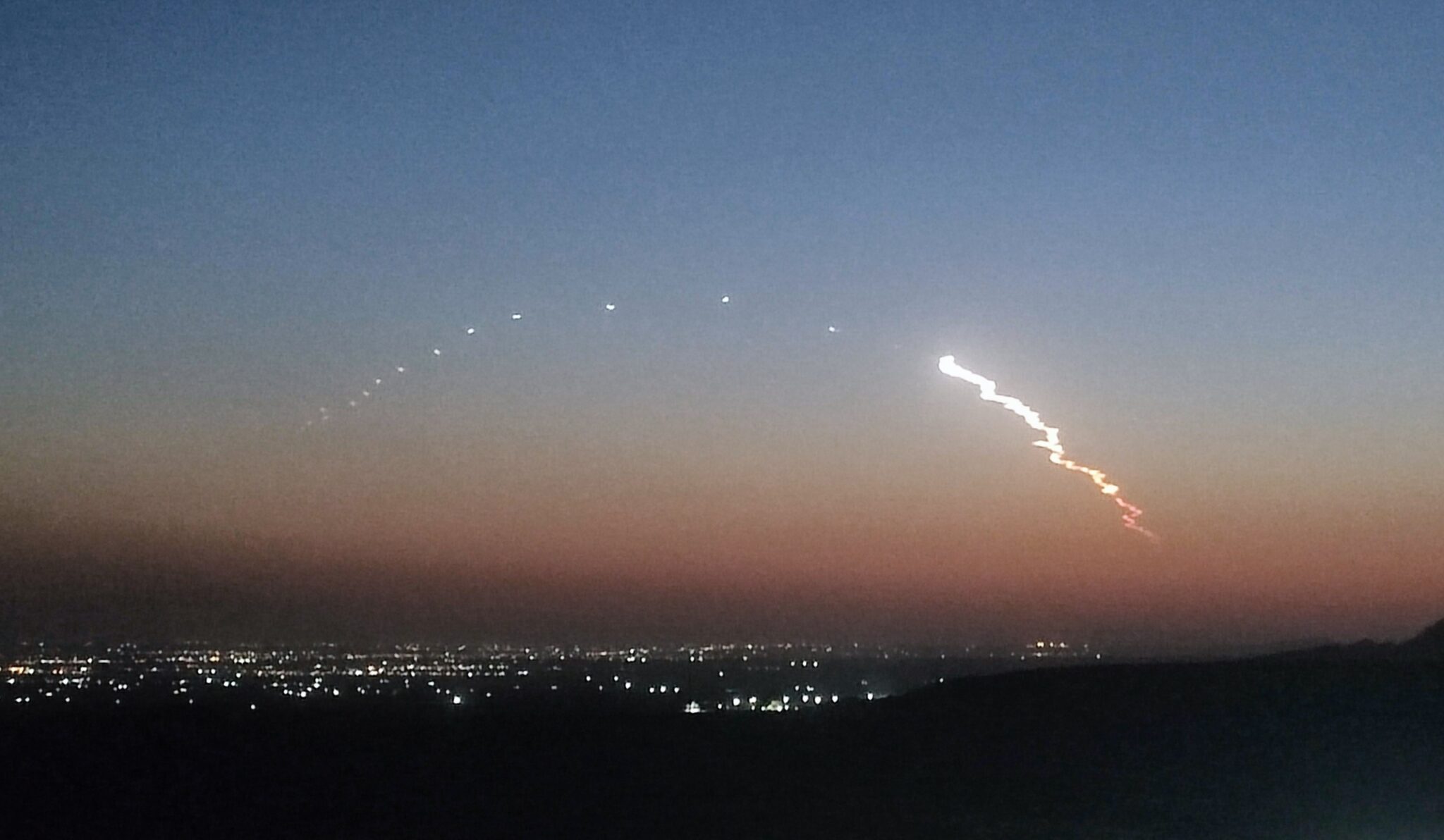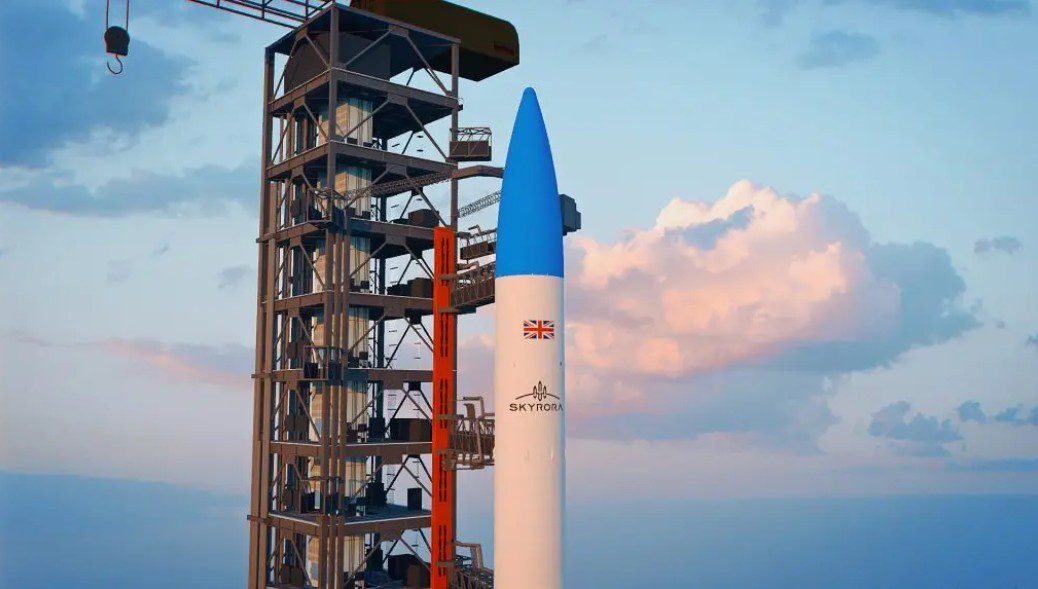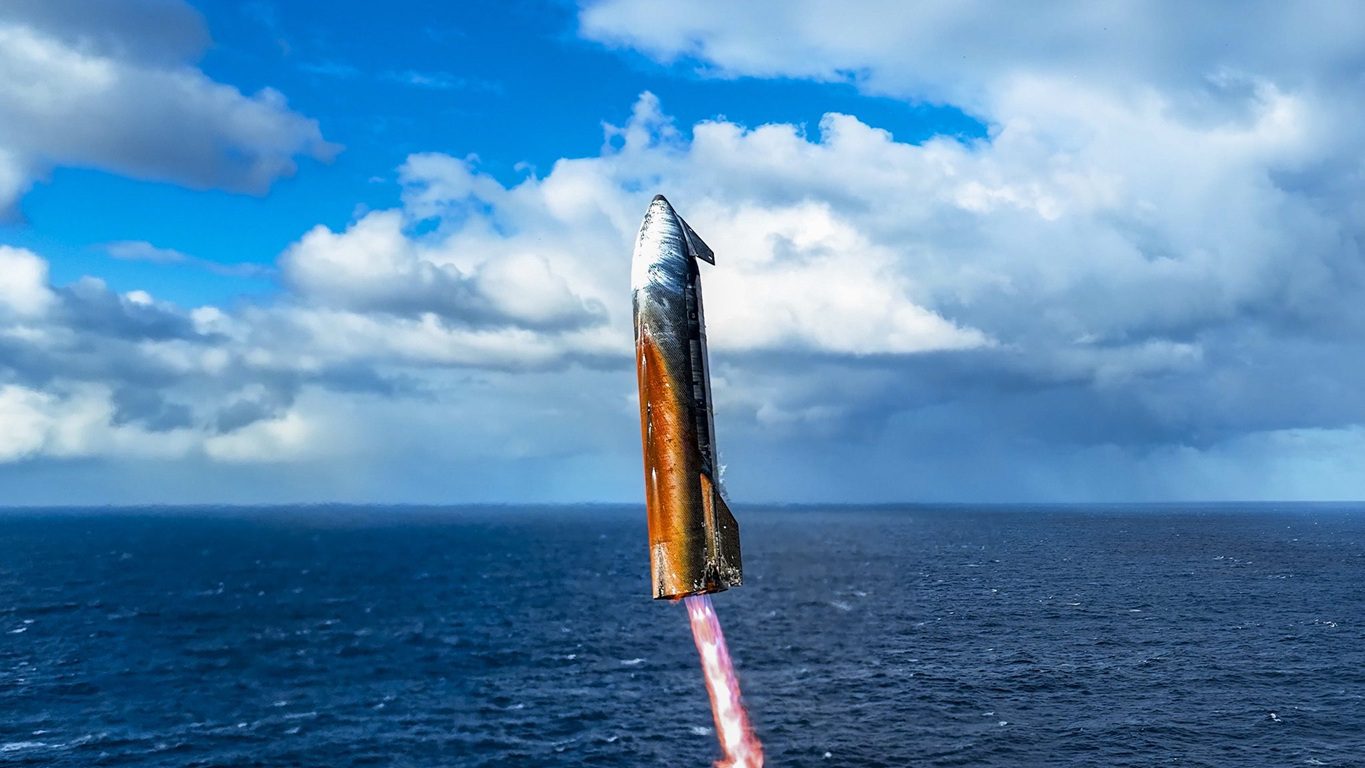NASA reports that two years ago, the Earth was nearly struck by a solar super storm that could have seriously disrupted power and communications systems on Earth, and satellites in orbit. Specifically, on 23 July 2012 a major double CME (Coronal Mass Ejection) event headed in a direction away from the Earth due to the Sun’s rotation. If the event had happened one week earlier then Earth would have been hit and a “Carrington-class” solar/geomagnetic storm would have ensued. CMEs are explosions of large clouds of charged particles being fired out from the Sun. These particles can compress the Earth’s magnetic field and induce surface currents on the Earth.
“Carrington-class” events are named after the solar weather induced geomagnetic storm of 1859 which knocked out much of the Earth’s nascent telegraph system, was documented by astronomer Richard Carrington.
In February 2014, physicist Pete Riley of Predictive Science Inc. published a paper in Space Weather entitled “On the probability of occurrence of extreme space weather events.” His analysis is that there is 12% chance of a Carrington class event striking Earth in any 10 year period.
“Initially, I was quite surprised that the odds were so high, but the statistics appear to be correct,” said Riley in NASA’s report. “It is a sobering figure.” He added.
If correct, the odds are only slight better than playing Russian Roulette – randomly spinning the cylinder of a seven-shot revolver with one live round and pulling the trigger while pointing the pistol at oneself (the chance of being shot is 1 in 7 (14%). The random chance of a double CME about to launch from the sun towards Earth could thus be taken as being analogous to a fatal shot being lined up in the spinning cylinder of a Russian-Roulette revolver.

